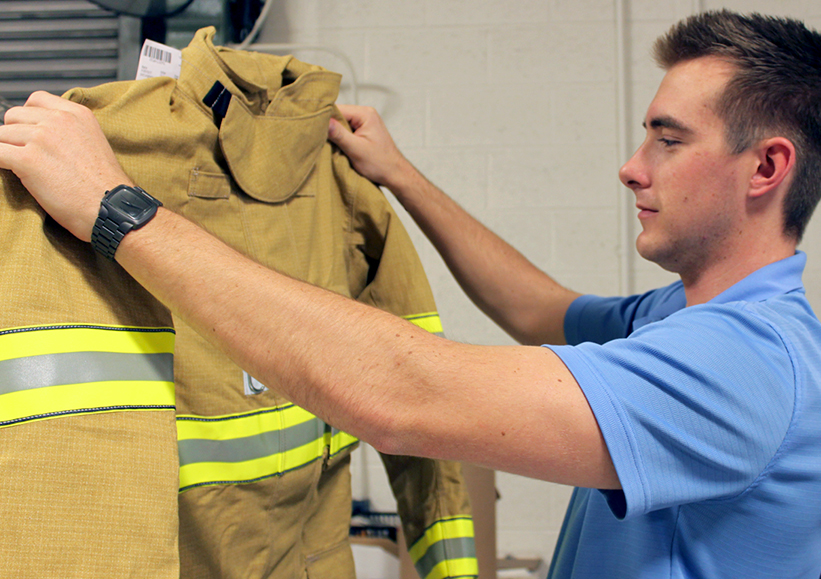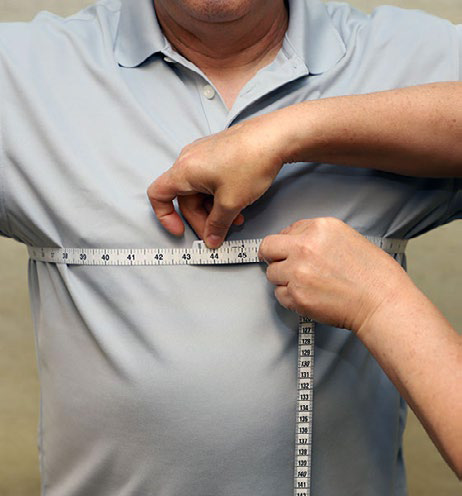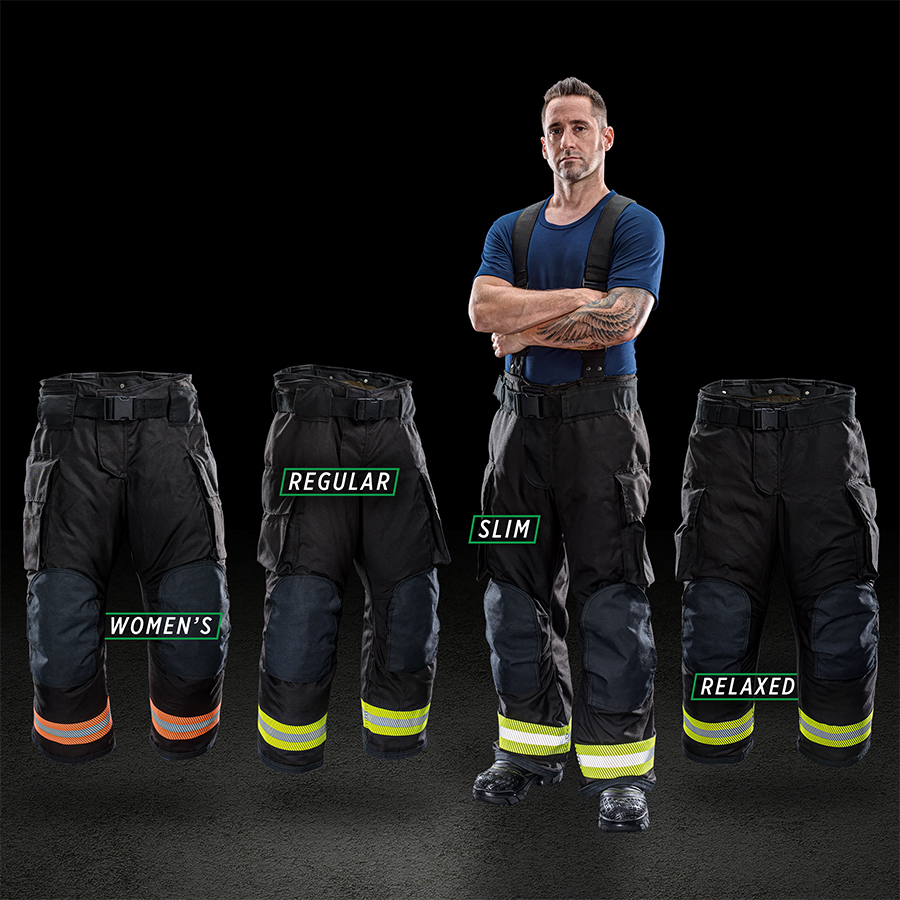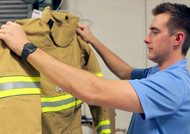Why Turnout Gear Fit Is So Important (And 6 Tips for Accurate Measurements)
Sep 15th 2023
Firefighters do a lot of moving and need protective gear that safely allows them to move all they need. Besides the usual walking, running, and crouching, firefighters often have to lean, crawl, reach out, and perform other movements to help put out fires and rescue survivors. Poorly fitted equipment can make it impossible for a firefighter to perform well, causing problems ranging from discomfort to limiting a firefighter’s ability to properly use their hands.
Besides irritating firefighters, wearing turnout pants and coats without proper measurements may contribute to more numerous and severe on-the-job injuries. Whether the issue arises from tripping on overly long pants or burns due to skin exposure because of a too-short coat, female and male firefighters alike have encountered problems when using standard-issue turnout gear.

Today, many fire departments are moving away from purchasing one-size-fits-all turnout gear to help their team feel more comfortable and perform their jobs better. Properly-fitting turnout gear offers the best protection and mobility, increasing a firefighter’s performance and improving the outcome of a structural fire. This is so important that we actually have a guide on how to measure for turnout gear, which you can read here.
Knowing how to perform the correct measurements to fit each firefighter for their turnout gear can make the difference in how well a fire department responds to and extinguishes a fire and ensures that each firefighter on the team has maximum mobility and comfort.
6 Tips for Accurate Turnout Gear Measurements
Your turnout gear is arguably the most essential firefighting PPE gear you have, so ensuring the proper measurements helps you perform better and do so more comfortably. Use these tips to get the best turnout gear measurements possible, guaranteeing the perfect fit for your body type.
1. Don’t Measure Yourself

It’s impossible to get proper measurements when you do it yourself. Not only will you have difficulties holding the measuring tape level while it’s draped across your body, but you don’t have the hands to do measurements that involve your arms or hands in different positions.
When you decide to measure for new turnout gear, always have another person perform the measurements for you.
2. Start With the Right Clothing
Wearing street clothing during a measuring session may not give you the best measurements, resulting in improper turnout fitting. Show up for your measurements wearing the clothing you’ll wear underneath your turnout gear. Remove any items you won’t ordinarily carry under your turnout gear, like cell phones, pocket knives, wallets, etc., to prevent adding extraneous inches to your measurements.
3. Begin With a Basic Stance
The typical stance you’ll have during your measurement is:
- Straight back
- Relaxed posture
- Feet 12 inches apart
- Toes pointing forward
Stay in this position unless the person measuring you asks you to change it.
4. Use the Right Type of Measuring Tape
With so many different measuring implements out there, it’s important that you use the right kind. You probably already know you can’t use a rigid measuring tape like you would to measure a piece of furniture, but there are differences in the flexible measuring tapes usually used during outfit measurements. Find a flexible measuring tape that doesn’t stretch when you use it to ensure correct measurements.
5. Keep Movement In Mind

Your clothes should easily move with you without restriction, so make sure that you and your measuring helper take that into account when fitting you. During measuring, try moving the measured body part in different ways while the tape is still against you to make sure you don’t have too tight or too loose of a measurement.
6. Round Up to the Nearest Size
Looser turnout gear is better than tighter. After writing down your measurements, you want to round that number up to the next size so you can count on comfortable turnout gear.
FAQ (Frequently Asked Questions) About Firefighting Turnout Gear Sizes
Some of the most common questions about firefighter turnout gear include:
How should turnout gear fit?
Firefighter turnout gear should fit comfortably on a firefighter, not restricting their movement or getting in the way. It should also provide complete coverage, working together with other PPE gear to safely protect the firefighter in action.
How do you measure firefighter turnout gear?
Very carefully! Firefighters getting measured for turnout gear should wear their under-gear clothing and have someone else help them with their measurements. Turnout coats and pants must fit snugly but comfortably, which is why we’re so thorough in the measuring steps above.
Can I order fire turnout gear in a regular clothing size?
No, turnout gear doesn’t come in the same sizes as your regular clothing, making it a bad idea to order turnout pants or coats in your streetwear sizes. To get the right turnout gear sizes, have someone help you with the measurement steps above.
Why shouldn’t a woman firefighter wear men’s turnout gear?

Men’s turnout gear doesn’t take into account women’s body measurements, such as their bust and hips. Getting fitted especially for female firefighter turnout gear ensures that you have the best fit and protection possible.
Does firefighter turnout equipment come in one-size-fits-all?
No, firefighter turnout gear should be sized to the specific firefighter wearing it. Improperly sized turnout coats and pants cause problems when firefighters respond to emergency calls and can contribute to increased and more severe on-the-job injuries.

